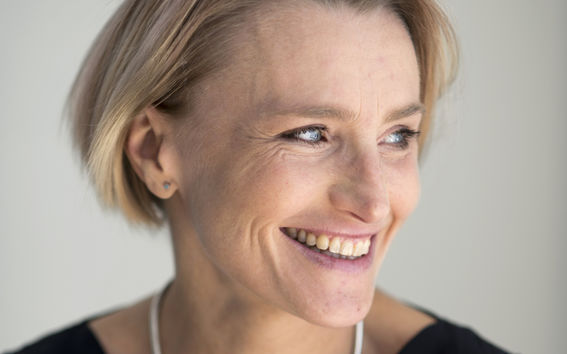‘Empathy matters in design — it is a profound ability that we need to cherish’

What is your research about?
‘I’m researching empathic engagement and collaborative design practices in low- to middle income countries. My motivation for this research is threefold. Firstly, from a societal point of view, most of the urban development over the following decades is expected to happen in low- to middle-income parts of the world. For this development to be sustainable, humane and resilient a transition from top-down to bottom-up strategies is required. However, it is also in these parts of the world that social distances, meaning the psychological and sometimes physical distance between people, often prevail strong. Therefore, collaborative design processes can be challenging.
Secondly, from a professional point of view, there is little documented empirical knowledge of how the distances between architects and inhabitants and the other different actors in society can be overcome in these settings in practice, and what is required of design professionals to produce a rooted project in the local society. Thirdly, from a research point of view, there is a potential in connecting the discourses within the fields of design and architecture on the relationship between professionals and users or inhabitants particularly when co-designing in the context of vulnerable, marginalized or underprivileged communities.’
Architect Helena SandmanTo reach social sustainability on our planet, there is a need to include the majority population in shaping our living environments.”
What is important in it?
‘To reach social sustainability on our planet, there is a need to include the majority population in shaping our living environments. I propose a set of registers of empathy to respond to the main question in practice: How can designers and architects apply empathy in practice to contribute to a decreased social distance between actors and horizontality in design? These registers of empathy clarify and reconnect the divergent interpretations of the concept in the fields of design and architecture.
In practice, I believe we can use our empathic skills in the way that a singer uses her vocal register. Some songs require a high pitch. Likewise, a particular design project may either allow for or require a particular register of empathy. Conversely, in the same way that some songs need multiple registers to resonate, some projects also require a wide range of empathic engagement to achieve a sustainable result. Thus, the registers either need to be combined and used in different parts of the design process or to be employed separately, according to the circumstances of each design case. It is not always possible to apply empathy in depth, due to contextual circumstances.’
What can it lead to?
'This thesis supports the argument that empathy matters in design—it is a profound ability that we need to cherish. I pose the question as to whether empathy between the actors in the design process could lead to spatial solutions that support empathic encounters.
When I reflect on this with regard to the quotation “The world we make in turn makes us, inscribing how we are being and becoming with others” (Yoko Akama, 2015), my aspiration is that when we design with empathy, awareness and love for life, the design process in itself has a positive impact and the created architecture potentially becomes an environment supporting encounters and activities with similar qualities.’
Helena Sandman defended her thesis Empathy Matters: Architecture for the world's majority at Aalto University 17 June, 2021.
More information:
Helena Sandman, architect M.Sc. SAFA, Aalto University School of Arts, Design and Architecture, helena@helenasandman.fi, +358 50 52 40 888
Read more news

A new way to measure contagion: the gut bacterium behind blood poisoning can spread like influenza
Neither the antibiotic-resistant nor the highly virulent strains are the most transmissible.
Cross-sectoral working group: Competitiveness, security and green transition must be promoted as a whole
A cross-sectoral working group for universities, businesses and cities is proposing that Finland speed up its international competitiveness, national security and green transition as one entity. The group suggests that, for example, defence procurement could support solutions aimed at a carbon-neutral society.Tonmoy Saha Presents Textile Recycling Research at CIMANET Seminar
The CIMANET Research Seminar, held under the theme “Future Leaders in Circular Materials Bioeconomy,” took place on Thursday, December 4, at the Scandic Marina Congress Center in Helsinki.






